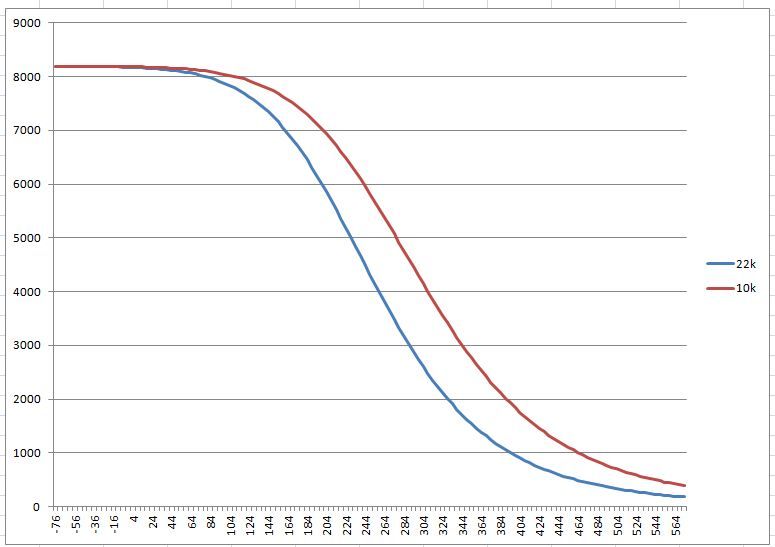Brad Baker
TVWBB Fan
ET-732 probes have longer plugs than the usual mini plug. Any chance you are inserting them too far?
ET-732 probes have longer plugs than the usual mini plug. Any chance you are inserting them too far?

OK I took a look at the schematic. Check the following:
D3, C4, C5, C6.
The 10k resistor I was referring to is R18
Two probes at 82F: 850 kOhm, 860 kOhm. They take a while to settle out.What resistance does the probe read at room temperature when not inserted into HeaterMeter and measured with a multimeter? Does it vary with time as well?
Temp(F) R(ohm)
~~~~~~~ ~~~~~~
32.1 815000
212 13000
318 2650FYI: I am using Thermoworks TW362XX spare probes for the TW362B at $8 each. Downside is length - 42".
I measured these values. YMMV, etc.
Code:Temp(F) R(ohm) ~~~~~~~ ~~~~~~ 32.1 815000 212 13000 318 2650
